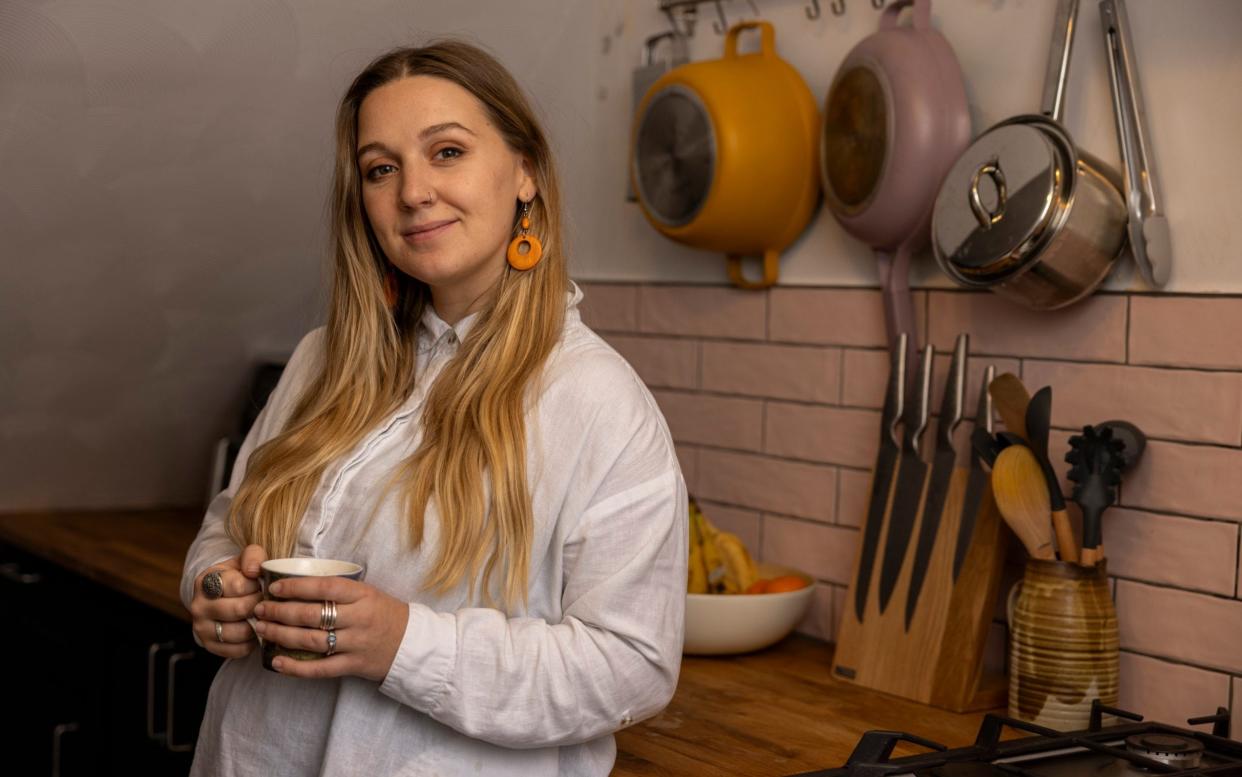How many funds is too many in the ideal investment portfolio?

Telegraph Money’s new Millennial Investor Imogen Tew, 28, has a baby on the way and hopes to buy a bigger house. After years of neglecting her portfolio, she needs help to become a better investor. Can you offer her any words of wisdom?
The question “how many funds should you invest in?” has no magic, straightforward answer.
As always, much depends on how much you have, when you need the money and where you want to invest.
Then there are simply the different camps – some experts say that one diversified multi-asset fund will do the job, others suggest making some riskier “bets” that could outperform and act as a rocket for your investment performance.
There is, however, something that almost everyone seems to agree on. The 13 funds I have in my portfolio are too many for the £10,000 pot.
One reader, writing under the cool pseudonym “Dave Dangerous”, told me that I have “far too many different holdings”. Another put it less kindly: “How can a financial journalist amass such a ridiculous portfolio, has she learnt nothing?”
While I reject the tone, I can’t deny that this reader is correct – I made a rookie error when I opened my Isa and bought too many funds.
This was partly because there were so many areas in which I wanted to invest, partly nervousness about putting too much in one fund. It was my first experience of the stock market and the accompanying investment risk, and I overcompensated.
But over-diversifying, as I have done, is generally not good for your portfolio. You run the risk that you spread yourself so thin that you end up effectively owning the market, and paying more to do so.
For example, between my standalone China fund (around 1pc of my portfolio), my JP Morgan Emerging Markets Income fund (25pc of which is in China) and my tracker funds, I probably have about 2pc of my portfolio invested in China.
But if this is what I wanted, why wouldn’t I just buy a tracker fund that mimicked the global market? Putting investment expertise aside, Vanguard’s LifeStrategy fund has about 1.8pc exposure to China currently, so it could be about right – and it costs 0.22pc, compared to Baillie Gifford’s 0.77pc and JP Morgan’s 0.88pc.
“While diversification is a good thing, it is also possible to overdo it,” said Jason Hollands, managing director at investment platform Bestinvest. “If you have too many holdings, each of which is relatively small, you might end up just owning the market and may as well have saved some fees.”
He added that he had seen portfolios with as many as 70 funds in, so my shame subsided a little.
Spreading yourself too thin also means that any overperformance in your portfolio is likely to be dampened. A £150 holding that grows by an astonishing 20pc a year only grows to £180, and that £30 is likely to be wiped away by other losses.
As Darius McDermott, managing director at Chelsea Financial Services, put it: “If you have too many funds and you pick a real winner, then you won’t get the returns you deserve.”
So as I re-work my portfolio, how many funds should I aim for? The experts I spoke to suggested between five and eight funds, and told me to build my new portfolio using a “core” and “satellite” approach.
This is where you dedicate about two-thirds of your portfolio to a “core” position, such as global equities, and use the other third to invest in a number of “satellite” funds, which could be higher risk areas or more niche, thematic funds.
Sam Benstead, collectives specialist at Interactive Investor, suggested about 5pc in each satellite fund while Kate Marshall, lead investment analyst at Hargreaves Lansdown, told me that a maximum position size of about 15pc was sensible for satellite funds, so I feel comfortable aiming for about 8-10pc in each.
This isn’t overly dissimilar to my current setup. My global tracker funds make up the bulk of my investments, and then funds that invest in China, Japan or smaller companies act as these “satellite” funds. The problem is that I have 11 of these “satellites”.
With all this in mind, here’s the portfolio skeleton that I’m aiming for.

I’m happy with my two global tracker funds (the Fidelity Index World and Vanguard LifeStrategy 100pc) so they will remain the “core” investments. At the moment, though, they account for about 68pc of my Isa, so I’ll reduce this to 60pc to release some cash for other investments.
I’ll then pick four or five other funds to round out my portfolio. As I add more money in, I can always add more. Next up is the fun part: deciding what these “satellite” holdings should be.
Do you have investing advice for Imogen? Tell us in the comments below.
Recommended
The 25 best funds for your Isa – picked by our experts

